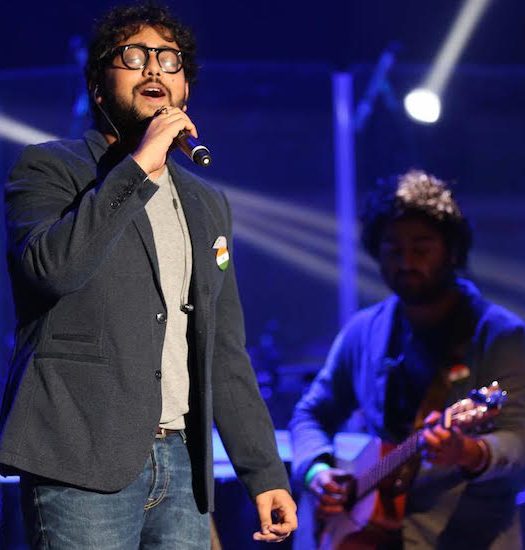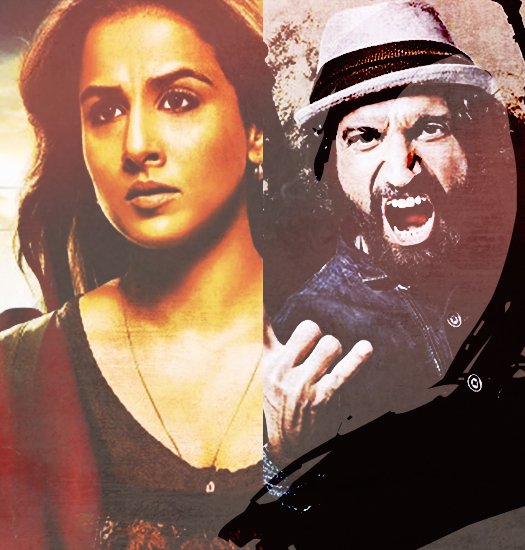Had to make everything from scratch for Baahubali – Sabu Cyril
Sabu Cyril created a world beyond our imagination with Baahubali – The Beginning. The elaborate sets with extreme attention to detail were hugely admired. The National Award-winning art director continues this visual extravaganza in the second part of the magnum opus, Baahubali – The Conclusion.
While Cyril has to his credit aesthetically designed films like Om Shanti Om, Ra One, Krrish 3 and numerous Tamil and Malayalam titles, with Baahubali, the ace art director has truly pushed the envelope of creativity. In a chat with Pandolin, Cyril gives us an insight on the differences between the two films, how he has experimented with new materials and devoted five years of his life to this epic saga.

Sabu Cyril
Since Baahubali – The Conclusion is a continuation of the first film, were there any major differences in the sets/production design? What were the new elements introduced?
It is one story that has been divided into two parts, so there are a lot of similarities. The characters were established in the first film, so the style is pretty much the same. Baahubali – The Conclusion is where you will see the crux of the story unfold. In the second part, a new kingdom comes up. Along with the action scenes, you see more of the design of the kingdom and its interiors.
Have you made most of the props from scratch? Or have you’ll also sourced ready made props?
Everything had to be made from scratch since this was a period film and most of the things were not readily available in the market. Everything had to be designed and made for each character. Making everything was not easy and took a lot of time, but the end result was rewarding. This was not limited to props alone, we had to create most things and every day brought in a new challenge.

On the set of Baahubali
The Baahubali films are known to experiment with new things, never done before in Indian cinema. Is there something new experimented with the art design as well?
We have integrated rubber, which I don’t think anyone has ever used in the film industry. We have also used carbon fiber for armour. They were light in weight which made it easy for the actors to use. So we have experimented with few other materials. I actually give the credit to the producer because he would understand what we wanted and support us.
You have been working on Baahubali for the past five years, how has the dynamics between you and S. S. Rajamouli evolved?
It became much easier to work with him compared to the first film. This time I could understand him and his requirements better. The communication was better since we have been working for a long time. It became easier for us to work and plan more easily as compared to before.

On the set of Baahubali
Overall, how different has the experience of working on Baahubali been? What were the learnings for your team and you?
I really enjoyed working (on this film). I have learned so much through the film. Through everyday experiences, we kept learning throughout the movie. For instance, during the war sequences we had to keep everything ready. I had to manage a huge number of people along with handling the set which was a challenge, it was like crisis management. You have to understand the mindset of the people you are working with and work accordingly. Every time I thought I know everything, new challenges would come up and teach me new things. I have worked on over a hundred films and all the experience has helped me on this film.

Sabu Cyril with the team of Baahubali
Is there any advice that you would like to share with art directors who would want to work on such a grand scale?
A sense of aesthetic is necessary and you should know how to balance it. If you are sincere and hardworking then you can achieve anything. People should be ready to do hard work; opportunities will come on their own. Having talent is one thing, but you need the opportunity to show it as well. Through Baahubali I could showcase my work.



